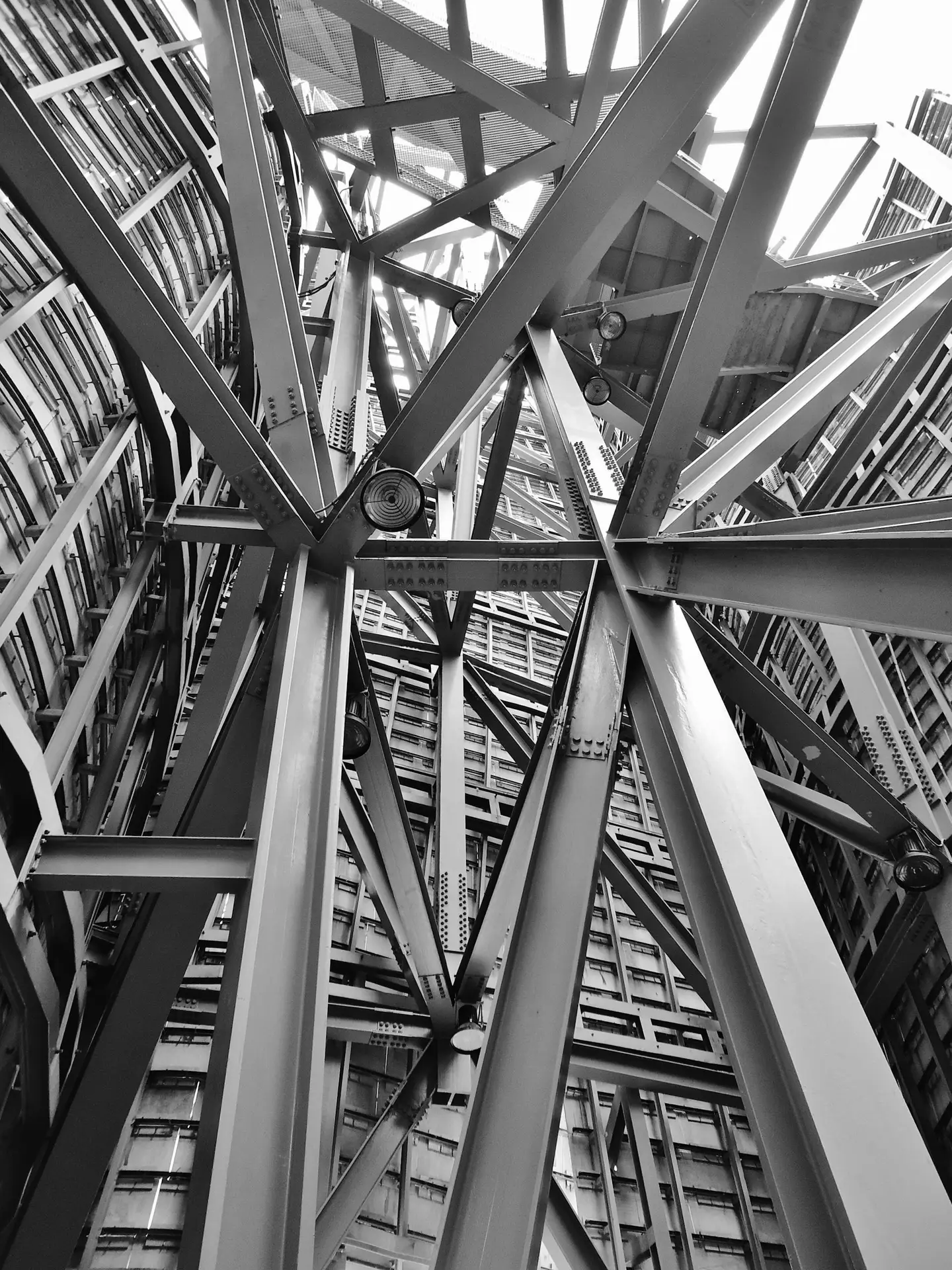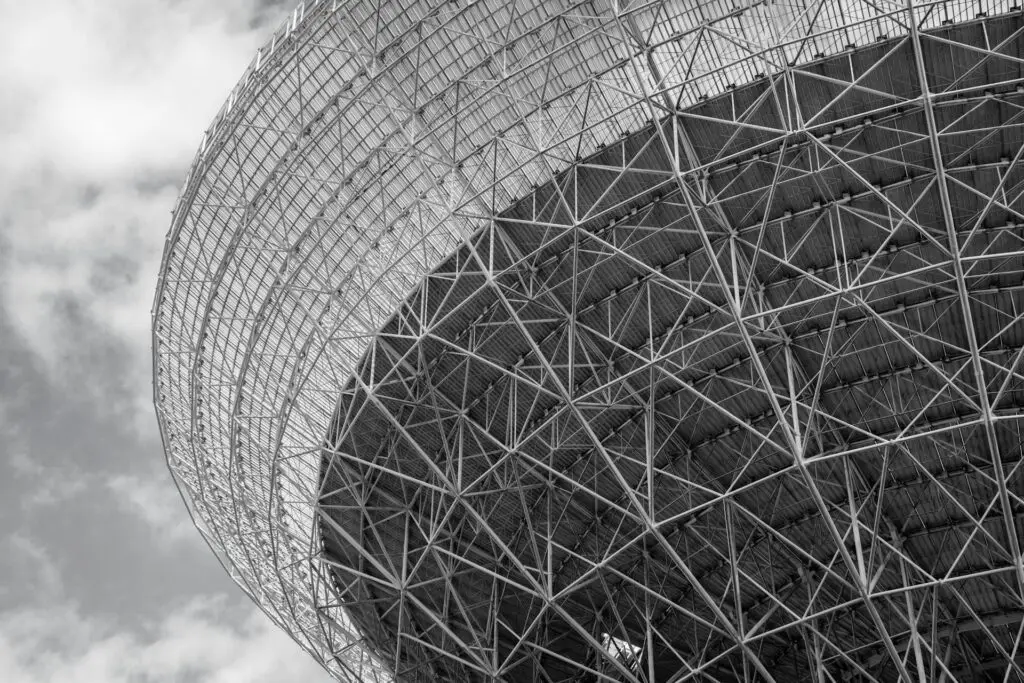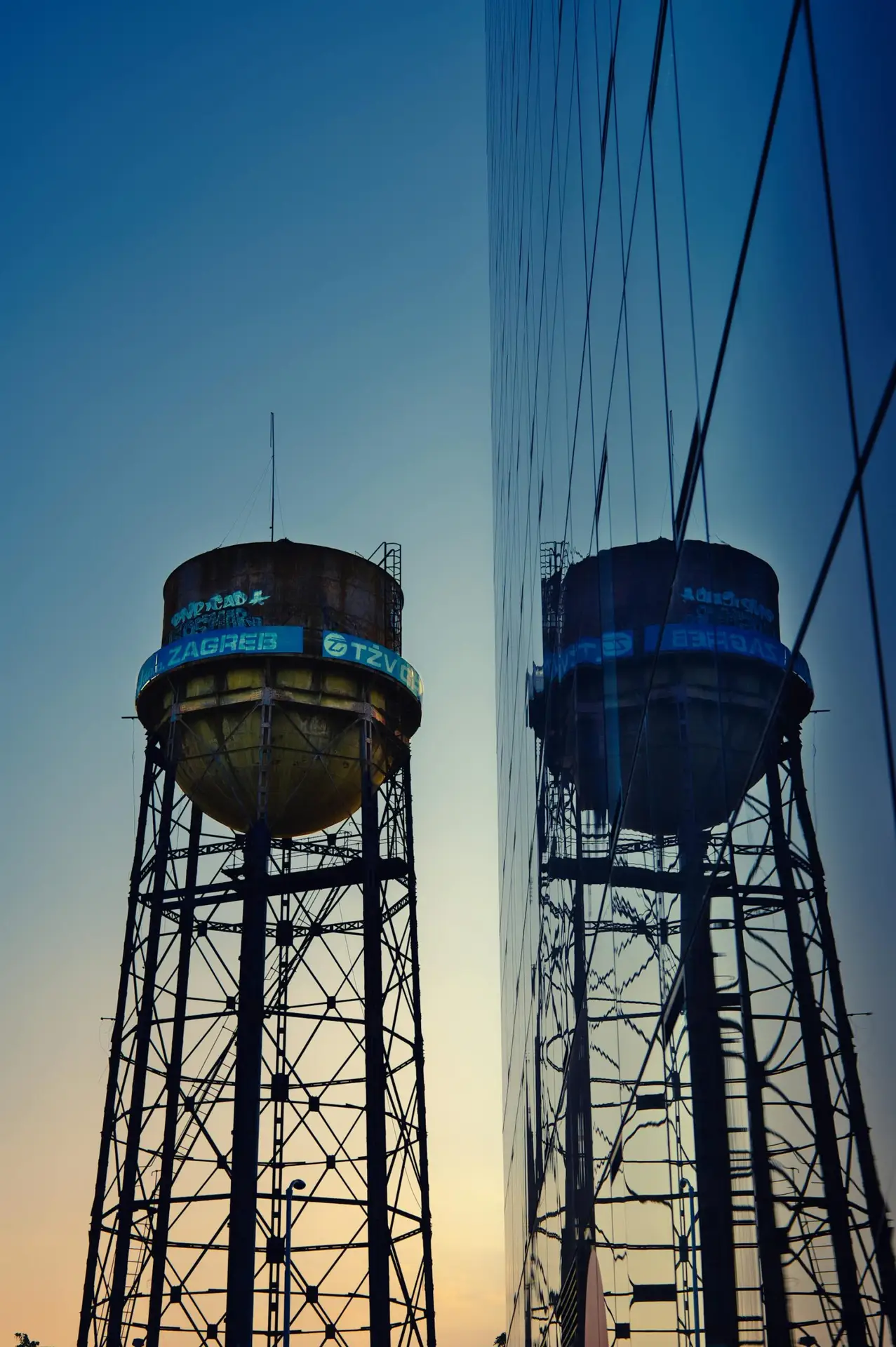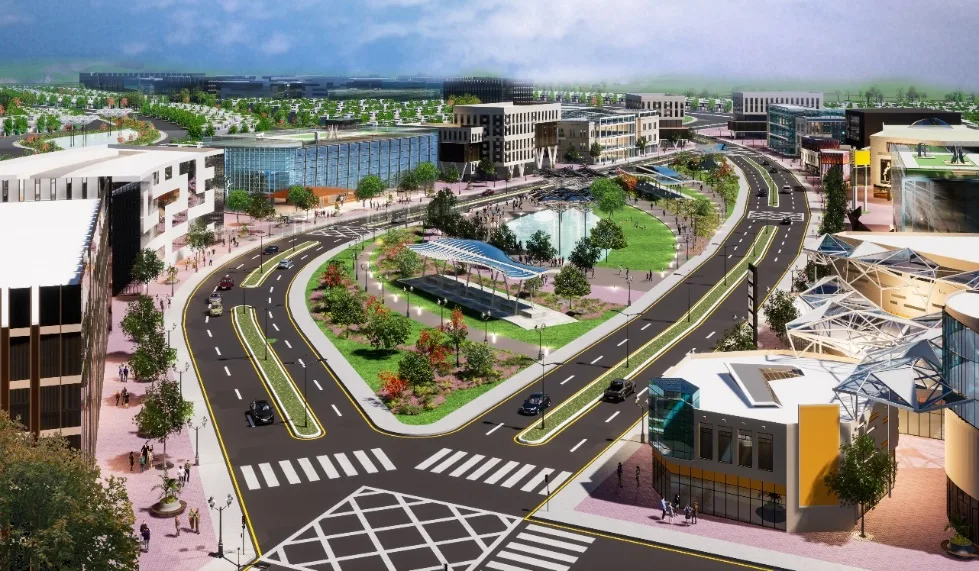At a Glance
- Why Meinhardt Pakistan?
- ✔ Performance-based seismic design
- ✔ Value engineering for cost-effective excellence
- ✔ Sustainable, innovative solutions across sectors
- ✔ Proven portfolio in residential, commercial, public, and marine projects
- What is Structural Engineering?:
- Structural engineering is the backbone of the built environment.
- Reading Time
- 3 – 4 minutes
What is Structural Engineering? Building the Backbone of Our World – And How Meinhardt Pakistan Shapes the Nation's Landscape
Have you ever looked up at a towering skyscraper, driven across a magnificent bridge, or walked through a sprawling shopping mall and wondered what keeps it all standing? The answer lies in the often-unseen yet absolutely critical discipline of Structural Engineering.
At its core, structural engineering is a specialized branch of civil engineering that focuses on designing the “bones and joints” – the skeletal system – of any human-made structure. Structural engineers are the master builders who ensure that buildings, bridges, dams, tunnels, and even offshore platforms are not only aesthetically pleasing but, most importantly, safe, strong, stable, and durable. They are the guardians against gravity, wind, earthquakes, and other environmental forces, ensuring our built environment can withstand the test of time and nature.
What Does a Structural Engineer Do?
A structural engineer’s role is multifaceted and highly technical. They:
Analyze Loads: They calculate all possible forces a structure might encounter, including its own weight (dead load), occupants and furniture (live load), wind pressure, seismic activity, and even snow or water pressure.
Select Materials: Based on the loads and design requirements, they choose the most suitable materials, such as reinforced concrete, steel, timber, or a combination of these, considering their strength, durability, and cost-effectiveness.
Design Structural Elements: They design individual components like beams, columns, slabs, foundations, and trusses, ensuring each element can safely carry its share of the load.
Utilize Advanced Software: Modern structural engineers leverage sophisticated software for complex analysis and design, optimizing efficiency and accuracy.
Collaborate with Other Professionals: They work closely with architects, mechanical engineers, electrical engineers, and contractors to integrate the structural design seamlessly with other aspects of the project.
Ensure Code Compliance: They ensure all designs adhere to rigorous local and international building codes and standards, guaranteeing public safety.
Supervise Construction: Often, structural engineers are involved in the construction phase, inspecting progress and ensuring the structure is built according to their precise specifications.
Retrofit and Strengthen Existing Structures: They also play a vital role in assessing and upgrading older buildings to meet current safety standards or new functional requirements.
In essence, structural engineers translate architectural visions into tangible, safe realities. They are the problem-solvers who ensure that our daily lives are supported by sound and reliable infrastructure.
Meinhardt Pakistan: A Pillar in Pakistan’s Structural Landscape
When it comes to expert structural engineering in Pakistan, Meinhardt Pakistan stands as a leading force. As part of the globally renowned Meinhardt Group, a firm with a rich history of over 68 years and a presence in 55 offices worldwide, Meinhardt Pakistan brings world-class expertise and innovative solutions to the local construction industry.
Meinhardt Pakistan offers a comprehensive suite of structural engineering services, from initial concept development and feasibility studies to detailed design, analysis, and construction supervision. Their team of highly skilled and experienced professionals is adept at tackling projects of varying scale and complexity, consistently delivering solutions that are not only structurally sound but also economically viable and environmentally sustainable.
Meinhardt Pakistan’s notable contributions to Pakistan’s structural landscape include a diverse portfolio of landmark projects, showcasing their commitment to excellence and innovation:
Eighteen Islamabad: Meinhardt Pakistan provided extensive services for this mixed-use development, including civil and structural design for residential villas, multi-storey apartment buildings, office spaces, and hotels. This project exemplifies their capability in large-scale, integrated developments.
Ravi Riverfront Urban Development Project: As a key player in this ambitious initiative, Meinhardt Pakistan has contributed to urban planning and infrastructure design, demonstrating their expertise in large-scale urban transformation projects.
Oil Pier II at Karachi Port: This critical infrastructure project highlights Meinhardt Pakistan’s capabilities in marine structural engineering, ensuring robust and safe port facilities.
KINAR Hospital & AJK Assembly: These projects showcase Meinhardt Pakistan’s versatile experience across various sectors, including healthcare and public infrastructure, where structural integrity is paramount.
Enertech Tower & KBD Tower: These high-rise developments in Lahore and Islamabad respectively underscore Meinhardt Pakistan’s proficiency in designing modern, complex building structures that redefine city skylines.
Meinhardt Pakistan’s commitment extends beyond just design. They focus on performance-based seismic design, ensuring structures are not only safe during earthquakes but also minimize damage. Their dedication to value engineering helps clients achieve cost-effective solutions without compromising safety or quality.
By consistently delivering robust, innovative, and sustainable structural engineering solutions, Meinhardt Pakistan is not just building structures; they are building the future of Pakistan, one strong foundation at a time. Their expertise is instrumental in shaping a resilient and modern built environment, contributing significantly to the nation’s progress and development.
Looking to build with confidence? Partner with Meinhardt Pakistan, where engineering excellence meets visionary design to create a safer, stronger, and more sustainable future.
🔍 Frequently Asked Questions (FAQs)
Q1: What is the primary goal of structural engineering? A1: The primary goal of structural engineering is to design and analyze structures to ensure they are safe, stable, and durable under all anticipated loads and environmental conditions. This includes ensuring they can withstand gravity, wind, and seismic forces without failure or excessive deformation.
Q2: What types of projects does a structural engineer work on? A2: Structural engineers work on a vast range of projects, including buildings (residential, commercial, industrial, high-rise), bridges, dams, tunnels, stadiums, power plants, offshore platforms, and even temporary structures like scaffolding. Essentially, any built environment relies on structural engineering.
Q3: Why is structural engineering crucial in a seismically active country like Pakistan? A3: Pakistan lies on the collision boundary of major tectonic plates, making it highly susceptible to earthquakes. Structural engineering, particularly seismic design, is crucial to ensure buildings and infrastructure can resist seismic forces, minimize damage, and protect lives during an earthquake. Adherence to the Pakistan Building Code (PBC-2021) is vital.


Q4: What is “performance-based seismic design,” and how does Meinhardt Pakistan incorporate it? A4: Performance-based seismic design (PBSD) is an advanced approach that goes beyond simply preventing collapse. It aims to control the level of damage a structure sustains during different earthquake intensities. Meinhardt Pakistan incorporates PBSD to design structures that not only remain safe but also maintain specific functional levels after seismic events, minimizing repair costs and downtime.

Q5: What are some key challenges for structural engineers in Pakistan? A5: Challenges include:
- Seismic Vulnerability: Designing for diverse seismic zones across the country.
- Aging Infrastructure: The need for assessment, rehabilitation, and retrofitting of existing structures.
- Regulatory Compliance: Adapting to evolving building codes and ensuring strict adherence.
- Material Quality Control: Ensuring consistent quality of construction materials.
- Sustainable Design: Incorporating environmentally friendly and energy-efficient practices.
- Technological Adoption: Keeping pace with global advancements in design software and construction techniques.
Q6: What specific services does Meinhardt Pakistan offer? A6: Meinhardt Pakistan provides a full spectrum of project management and engineering services, including:
- Civil & Structural Engineering Design
- Master Planning
- Architecture & Interior Design
- Building Services (MEP Engineering)
- Marine, Aviation, and Transportation Engineering
- Environmental Engineering
- Lead Consultancy & Construction Management
Q7: How can I contact Meinhardt Pakistan for a project consultation? A7: You can contact Meinhardt Pakistan’s Islamabad Head Office: Address: 2nd Floor, Plot # 14-D West, Feroze Centre, Fazl-ul-Haq Road, Blue Area, Islamabad, Pakistan. Phone: +92 51 2273385 – 7 Email: info@meinhardt.com.pk They also have offices in Lahore and Karachi.

